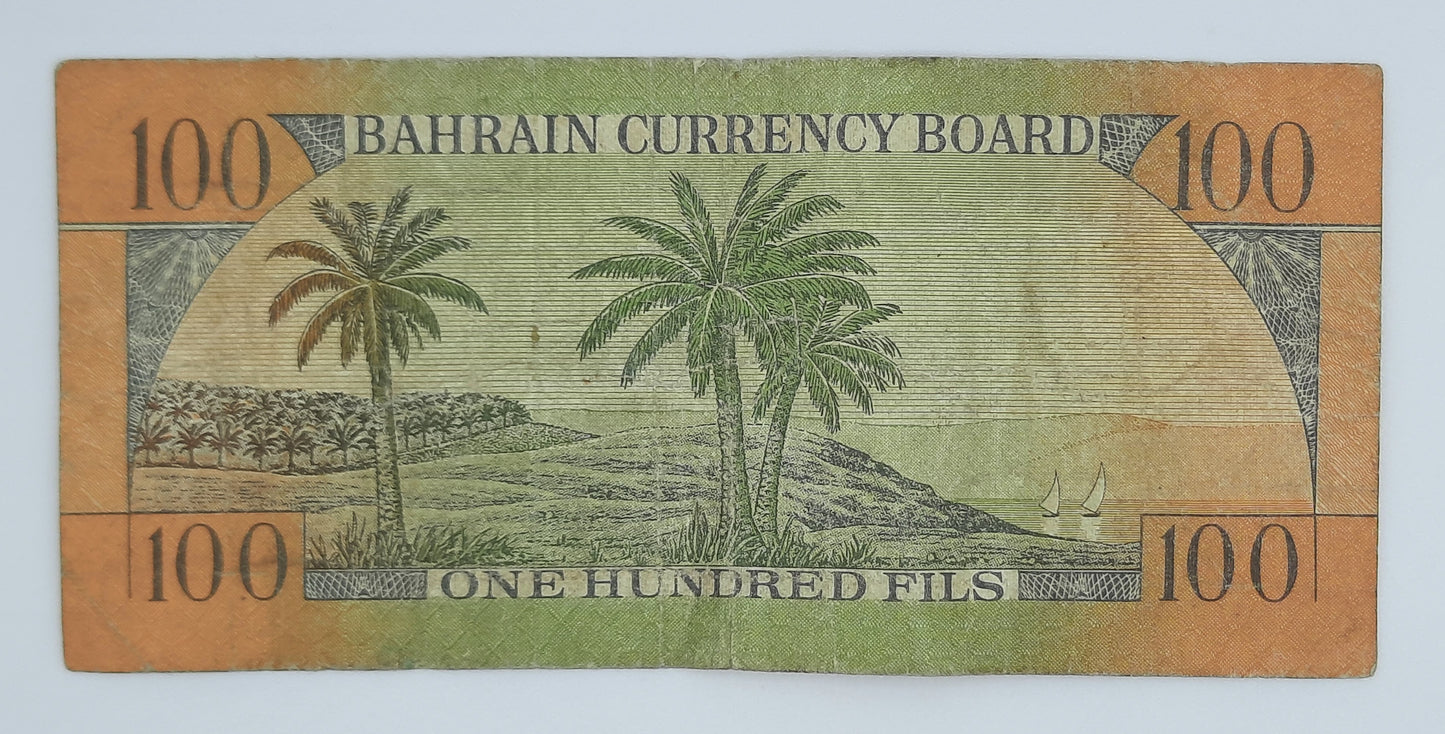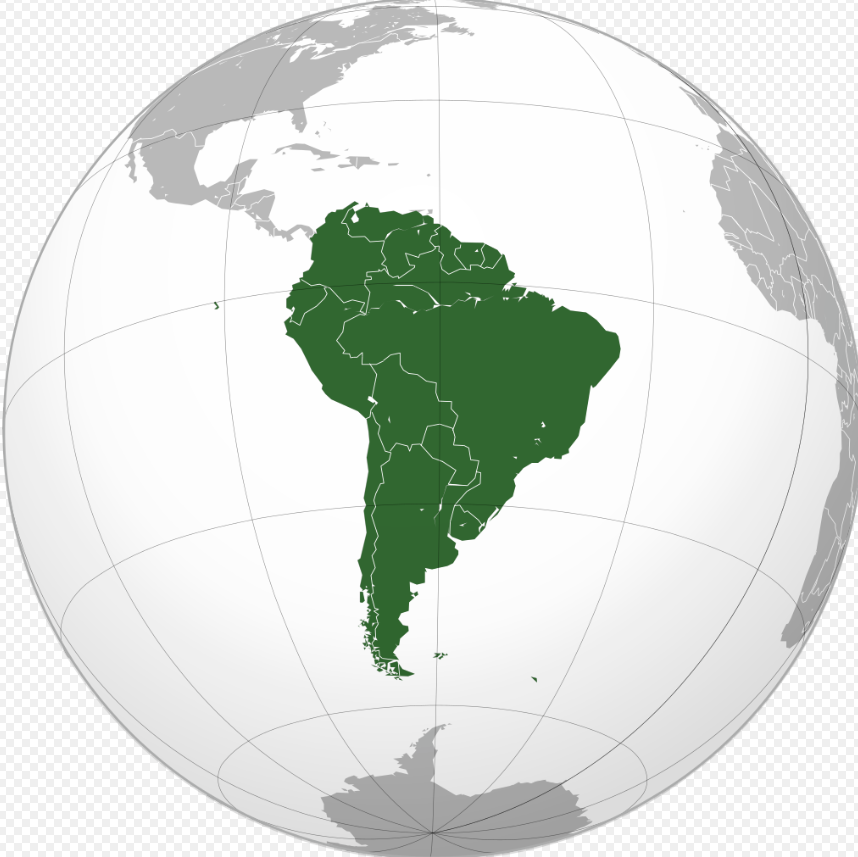notescounter
1964 Bahrain Currency Board - 100 Bahraini Fils Banknote P-1 Serial No. 925096
1964 Bahrain Currency Board - 100 Bahraini Fils Banknote P-1 Serial No. 925096
Couldn't load pickup availability
Description
Description
Bahrain 100 Fils – 1964 Issue | Currency of Maritime Heritage and Economic Transition Pick# 1 | Numista# 201883
The 1964 100 Fils banknote from Bahrain marks the beginning of the nation’s modern paper currency era, issued by the Bahrain Currency Board prior to the introduction of the Bahraini Dinar in 1965. As the first banknote in Bahrain’s catalogued series, it reflects the country’s maritime identity, economic aspirations, and emerging sovereignty in the Gulf region.
Printed by Thomas De La Rue, this note was released during the reign of Emir Isa bin Salman Al Khalifa and circulated until its demonetization in 1980. Its design blends traditional symbolism with practical aesthetics, making it a foundational piece for collectors of Middle Eastern currency and post-colonial monetary reform.
Key Features:
Obverse Design: Brown and green print featuring Arabic script, Bahrain’s coat of arms, and a coastal scene with dhows and palm-lined beaches—emphasizing Bahrain’s seafaring legacy and natural resources.
Reverse Design: Orange and green print with English text, date palms, and traditional boats. The layout reflects Bahrain’s agricultural and maritime economy, with guilloche patterns framing the central imagery.
Watermark: Falcon head—symbolizing strength, vigilance, and Gulf heritage.
Printer: Thomas De La Rue & Co., London
Dimensions: 120 × 56 mm
Material: Paper
Date of Issue: 1964 (Introduced 2 September 1967)
Catalog References: Pick# 1, Numista# 201883
Signatory: Khalifa bin Salman Al Khalifa
This note stands as a visual and historical landmark in Bahrain’s monetary development. Its design captures the essence of a nation rooted in trade, tradition, and transformation—offering collectors a rare glimpse into the Gulf’s early currency architecture.
Share


Look up Country, Denomination or Year
-

Australia and Oceania
Australian & Oceanian Banknotes for Sale – Rare & Historic Currency from...
-

North America
North American Banknotes for Sale – Rare & Historic Currency from Across...
-

South America
South American Banknotes for Sale – Rare & Historic Currency from Across...







